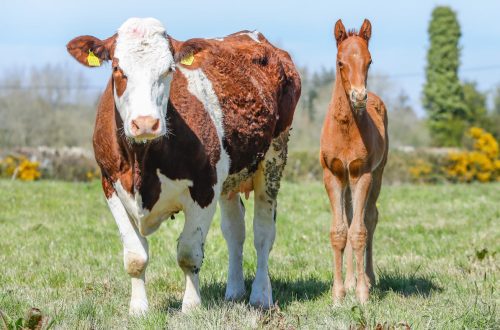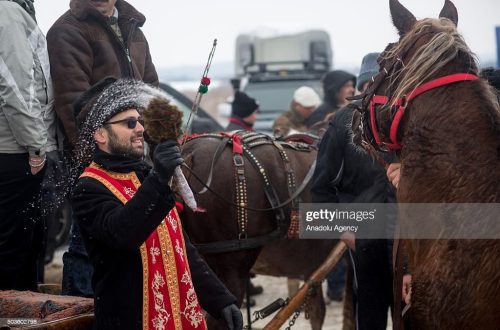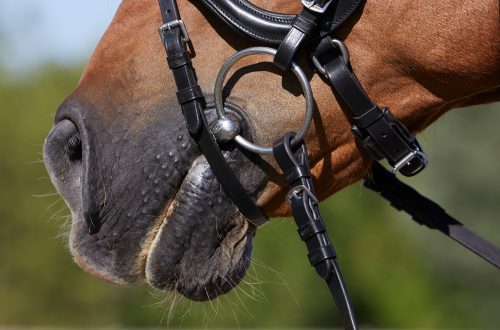
Western – what is it?
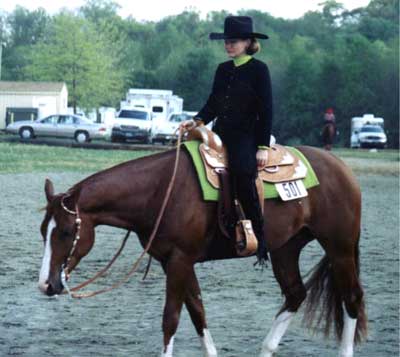
At the request of the members of the forum and at the suggestion of the Host and moderators, I decided to introduce people a little to the course of Western Riding. Maybe it will be a small article, or maybe a whole series, because the so-called cowboy riding is as diverse as the classic or English riding we are used to.
It is a mistake to call western driving style. Style in riding is like style in fashion. There are wide, narrow, flared trousers… So it is in English riding – there is dressage, there is show jumping. There are skirts, trousers, shirts… There is Western, there is classic riding. I hope you understand what I mean.
Western is a different way, a different methodology, a different philosophy, different commands and methods of influence. And yet, the difference between Western and traditional riding, which, for the most part, is common throughout Europe and was called “English” by the same Americans, is not so significant. After all, a horse is a horse. They all react the same way.
The horse doesn’t know if it’s preparing for a Western or not. Whether she will give in to the pressure of the leg, the leg, or she will respond with resistance depends on what she has been taught. Any horse will twirl its tail if you annoy it; any will pull on the mouth if you pull too hard on the reins and it hurts, etc. No matter if she performs in western or classic riding.
Very often, newcomers to westerns who don’t want to sound like dummies come to their first lesson and begin to say that they have only been doing classic riding all their lives. As if that could explain the weak balance; lack of understanding of what it means to assemble a horse and act on a horse with a foot; bad posture and rough hands. Beautiful seating, good balance, timing, light hands, and a basic knowledge of how your commands affect and respond to your horse are all essential to any ride, no matter what it’s called. A person who knows and understands all this, and wants to do a Western, just needs to learn a few minor details.
Although, to be honest, all this is very easy to describe like this. Once and jumped from classical to western. But it was given to me at the cost of erased arms and legs. I remember that for a very long time after each workout I could not unbend, because every time I tried to hug the horse with my legs – put the leg on … Yes, where is it … There, some saddles weigh as much as 10 kg, and it looks like a sofa. So try hugging the sofa with your legs. And the leg… that’s also a problem… if anyone has seen the stirrups at the saddle for a western, they’ll understand me.
The Western originated in the American West, predominantly on cattle ranches. The Spanish conquistadors laid the foundation by introducing their style of riding and working with cattle to the New World. Remember what a Spanish saddle looks like. Doesn’t it look like a Western saddle?
Development was continued by northern Europeans who traveled west across the American continent. While the Texas cowboy was an excellent craftsman and mediocre rider, the California vacueros were masters, if not artists in the saddle.

How the sport of Western began to develop in the 20th century, and in the second half it finally blossomed and split into several styles, each of which makes its own demands on the horse and rider – reining (dressage), cutting, reined cow horse, western pleasure, western riding, trial , barrel racing, pole bending, etc. I will talk about each of these types later.
Western riding can be divided into two categories. The first is for those who want to drive for their own pleasure through the fields, forests and have a good time. The second is for those who want to participate in competitions and also have a good time.

The most obvious difference between classic riding and western riding is that in western riding the reins are held in one hand, at least with trained horses. Only in competitions for young horses is it allowed to hold the reins with two hands (try to hold my losharik with one … and he is only 2,5 years old). The competition rules also require holding the reins in such a way that there is no more than one finger between the reins. A good Western horse is ridden with loose reins. It is impossible to impress the judges if the reins are tight and the horse is constantly grabbing with his mouth trying to free himself. Therefore, the upbringing and training of a Western horse is work with his mind, and not with his mouth.
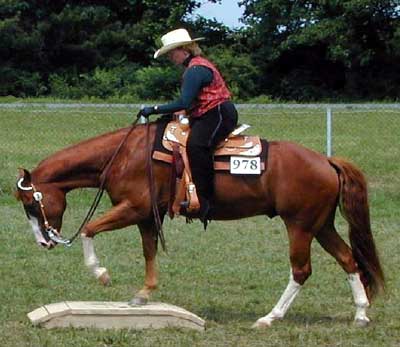
The reins should be loosened, but it would be a mistake to drop them and not use them at all, as many people think. In a western, the contact with the horse is almost the same as in classic riding. To make her obey, the signal is sent through the reins. The weight of the rein is felt in the horse’s mouth before the rein is pulled in a straight line between it and your hands and the horse’s mouth. And if your western horse works on a loose rein without any problems, then many will say that he works on an imaginary rein. How does this happen? The horse is simply based on his memory.
The footwork in western is pretty much the same as in classic riding, just a good horse and rider don’t really need it. Usually in a western, the rider does not use his legs just to maintain the rhythm. Every coach, every western specialist has his own methods of controlling a horse through a kick. In the Western, the so-called dressage horse (reining) is trained to “get away” from pressure and weight. For example, when doing circles, the rider shifts their body weight to the outside of the saddle. He kind of pushes the horse in. This is the principle of Western driving. The rider will always sit in the center of the saddle, pushing the horse in the direction he wants to go. This method is called “behind the horse” – you direct it, and it leads.
Another remarkable feature is that in the Western there are no officially accepted and fixed rules for managing and training a horse. Everyone adheres to one thing – everything that works is good. No judge will sue you if he does not agree with the way you handle your horse. You will lose points if your commands are too obvious to the judge. This is the principle of the western – an outsider should not see your team. Everything should look like you are having a mental dialogue with your horse.
It is very popular in westerns to use a headband with long arms. But it is believed that a good western horse should work on any hardware. And if this is not so, then this is an omission of the coach. We have a mare in the stable that works without iron in her mouth at all, and thus has won competitions more than once. She is a great example of what a well-trained western horse is, based on her memory and the rider’s messages through her weight.
Outside of competition, the rider may use any harness. Competitions have their own rules. For young horses, hackamores are allowed, as well as bits with O-rings and D-rings. The reins are allowed to be held with two hands. With experienced horses, the reins are held in one hand with only one finger between the reins. Some riders use special reins that are woven together. Then the reins are held in a fist.
Which horse is suitable for a western?

It is not necessary to have a horse specifically bred for the Western, such as an Appaloosa or a Quarter Horse. Horses and other breeds are great for this sport. And yet, there are breeds that have been specially bred for generations for this type of riding, and they have no equal. You are more likely to find a horse that fits all the bills if you search for it among Quarter Horse (quarter mile horses), Appaloosa (Appaloosa) and Paint Horse. You need to look for a horse of a strong constitution, compact and of medium height – 14,2-15,1 palms. The horse must be balanced, have elastic movements and a long neck. But the most important criterion is the mind, ingenuity, character. The horse must be willing to cooperate and have a desire to please the rider. You will never be able to ride it through fields and mountains, at any speed and with loose reins, if the horse does not want to be your friend.

What equipment does a rider need?
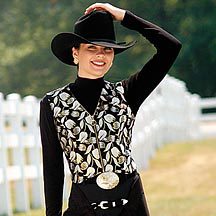
If you want to do Western for yourself, then it’s a matter of taste and comfort. It’s not your gear that makes you a cowboy, it’s your horse. If you plan to compete, you need a special cowboy saddle (more variety than in classic riding), a blanket, a special bridle, cowboy boots and … of course, a hat. There are no special uniform requirements for performances, other than that you must simply wear a long-sleeved shirt, trousers, boots and a hat. Everything else – color, fabric – to your taste. Although this is debatable… What you wear in competition and how you wear it can be a sign to the judge that you are still a teapot. Then you and your horse will have to work doubly.
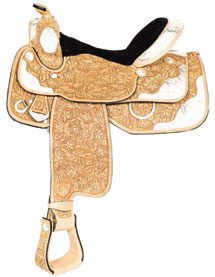

Useful, but optional – boots, spurs, and for those who are engaged in barrel racing (jumping around barrels) – a sliding martingale.
Here are the basic principles of the Western. The following is a detailed description of the main disciplines.
 angel 2th of June 2009
angel 2th of June 2009The article contains inaccuracies and distorted information. Answer
 pony-nsk 22 2009 of August
pony-nsk 22 2009 of AugustIt is not good to be “proud” of managing such iron. Answer
- WingedFox 29 March 2014 city
Namely? Answer
- Iluha 27 September 2014 of
I liked the answer



